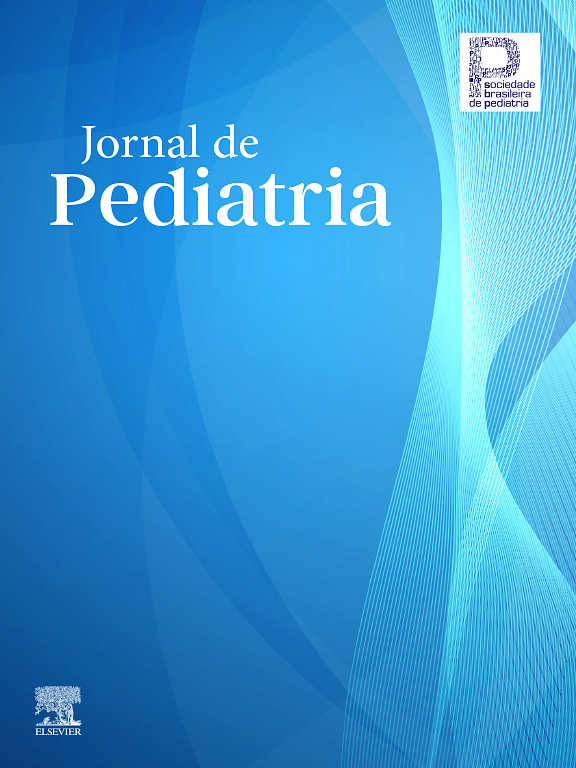A concise and factual abstract is required. The abstract should state briefly the purpose of the research, the principal results and major conclusions. An abstract is often presented separately from the article, so it must be able to stand alone. For this reason, References should be avoided, but if essential, then cite the author(s) and year(s). Also, non-standard or uncommon abbreviations should be avoided, but if essential they must be defined at their first mention in the abstract itself.
The abstract should have no more than 250 words or 1,400 characters. Do not include words that could identify the institution or city where the study was performed, to facilitate blind review. All information in the abstract must accurately reflect the content of the article. The abstract should be structured as described below:
Abstract for original articles
Objective: State why the study was initiated and any initial hypotheses. Precisely define the main purpose of the study; only the most relevant secondary objectives should be listed.
Method: Describe the study design (if appropriate, state whether the study is randomized, blinded, prospective, etc.), setting (if appropriate, describe the level of care, i.e., primary, secondary or tertiary, private clinic or public institution, etc.), patients or participants (selection criteria, number of cases at the beginning and at the end of the study, etc.), interventions (include essential information, such as methods and duration of the study), and criteria used to measure the outcomes.
Results: Describe the most important findings, confidence intervals, and statistical significance of the findings.
Conclusions: Only describe conclusions that reflect the purpose of the study and that are supported by your findings. Discuss possible applications of the findings, with equal emphasis on positive and negative findings that have similar scientific merit.
Abstract for review articles
Objective: Explain why the review was performed, stating whether it focuses on a special factor, such as disease etiology, prevention, diagnosis, treatment or prognosis.
Sources: Describe all sources of information, defining databases and years researched. Briefly state the criteria used to select articles for review and to assess the quality of information.
Summary of the findings: State the main quantitative or qualitative findings.
Conclusions: State your conclusions and their clinical application, keeping generalizations within the scope of the subject under review.



 Download PDF
Download PDF




